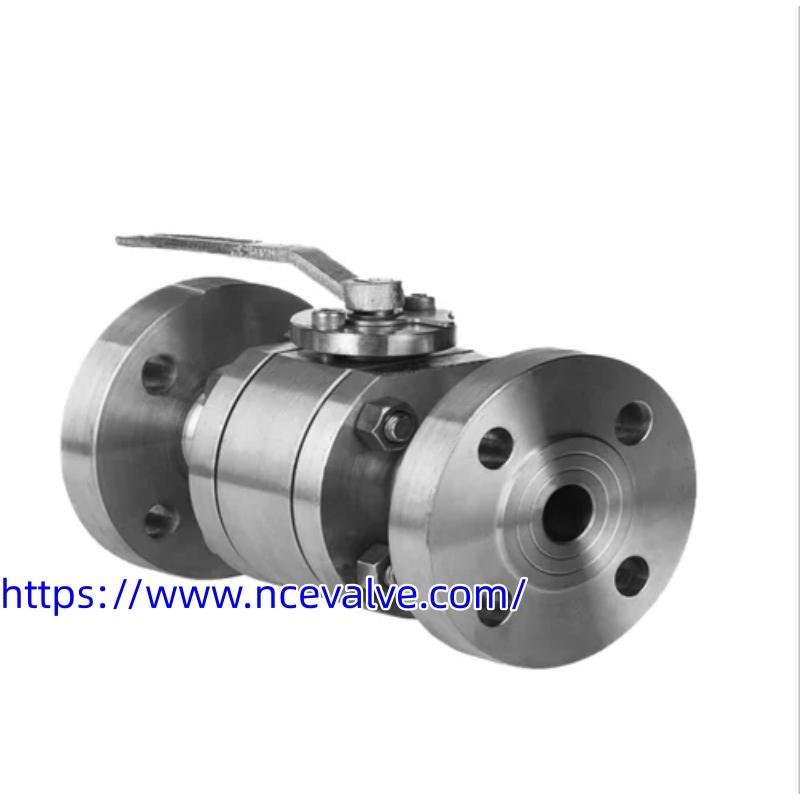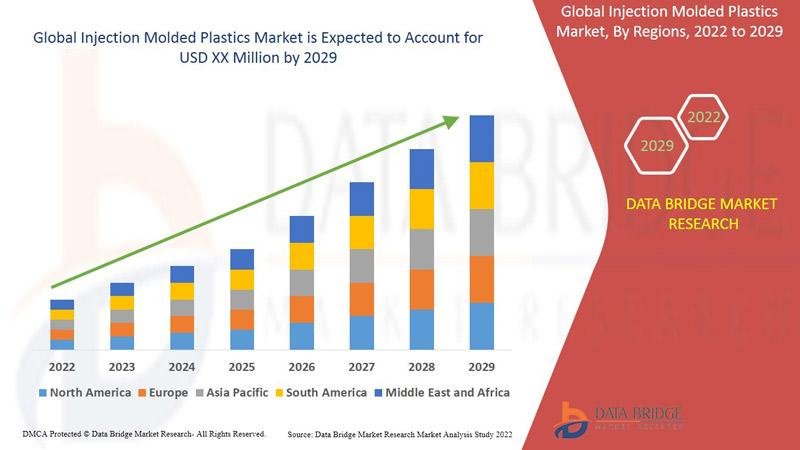Conducting a rigorous and insightful Data Annotation Tools Market Competitive Analysis requires a multi-dimensional framework that looks far beyond a simple comparison of pricing models. In a market where the output—the labeled data—is the direct input for multi-million-dollar AI models, the quality, reliability, and security of the annotation process are paramount. A truly meaningful competitive analysis must therefore evaluate a vendor's platform and services across three critical pillars: the sophistication of their technology, the quality and scalability of their human workforce (for service providers), and the robustness of their security and compliance posture. These three dimensions, taken together, provide a much more accurate and strategically valuable picture of a competitor's true capabilities than any marketing brochure.
The first and most critical layer of analysis is the technology platform itself. This involves a deep dive into the annotation tools. How well does the platform handle a wide variety of data types, from simple images to complex 3D sensor fusion data? How intuitive and efficient is the user interface for the human annotators? Even more important is an assessment of the platform's automation and AI-assisted features. Does it have a "model-in-the-loop" capability to pre-label data? Does it have smart segmentation tools that reduce manual effort? A second, equally critical part of the technology analysis is the quality control (QC) workflow. How does the platform enable and enforce quality? Does it support features like consensus (having multiple annotators label the same data to check for agreement), review and approval workflows, and automated error checking? A platform with a more powerful and flexible QC module is fundamentally superior.
For competitors who are managed service providers, the second layer of analysis must be a thorough evaluation of their human workforce. This is not just about the raw number of annotators they have access to. The key questions are: How does the company recruit, vet, and train its annotators? Do they have access to annotators with specialized domain expertise (e.g., radiologists for medical imaging)? How do they manage and motivate their workforce to produce high-quality work consistently? What are their project management and communication processes like? A provider with a well-managed, highly-trained, and specialized workforce is a far more valuable partner than one that simply crowdsources tasks to an untrained and unmanaged crowd. The third and final layer of analysis is security and compliance. When dealing with sensitive enterprise or personal data, this is a non-negotiable requirement. A competitive analysis must scrutinize a vendor's security certifications (e.g., SOC 2 Type II, ISO 27001), their compliance with data privacy regulations like GDPR and HIPAA, and their ability to provide secure, on-premise or virtual private cloud deployment options. In many enterprise sales cycles, security is the first and most important hurdle to clear. The Data Annotation Tools Market size is projected to grow to USD 96.13 Billion by 2035, exhibiting a CAGR of 18.71% during the forecast period 2025-2035.
Top Trending Reports -
Cloud Database As A Service Dbaa Market



